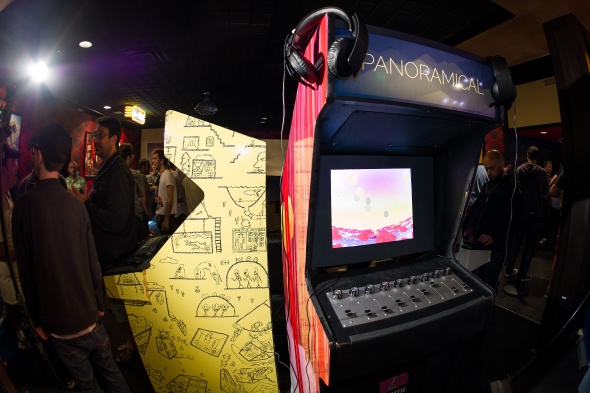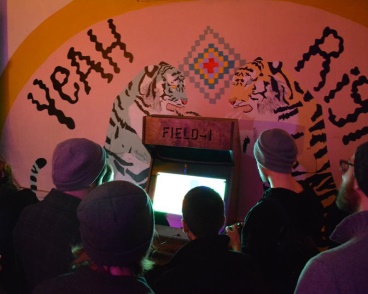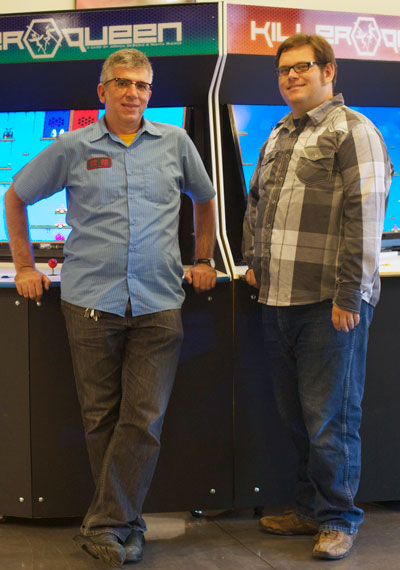The Rise of the Artcade

Arcades are making a comeback – but this time, you can keep your quarters. Those familiar pieces of vertical, freestanding furniture that once offered sweet release from boredom at the nearby pizzeria or amusement park have returned – but something has changed. After years in cultural exile, the arcade game has grown sophisticated.

With the decline of the commercial arcade, seeing video games on public display has become more of a curiosity than ever. As games continue to gain cultural capital and acceptance by traditional cultural centers, more museums and mainstream institutions have slowly begun to recognize the role they play in modern culture.
A major benefit of this shift in perception is gradually increasing regard for the care, craftsmanship and artistic ability that goes into the creation of a well-designed game – and, like a regal marble sculpture’s granite base or an ornamental frame for a master’s painting, having an custom arcade cabinet to encapsulate the experience is only logical from a curatorial point of view.
This trend has been in the works for years, spearheaded by New York’s eclectic Babycastles collective. For years, Babycastles has harnessed the efforts of developers, builders and interested folk to put on shows, conferences, exhibitions and pop-up installations, with a constant focus on the presentation aspect of experimental indie games.
Now, they’re looking to make their boldest move yet – raising funds for the Babycastles Gallery, a “three to five year exhibition space for contemporary independent video games in New York City.” Having a permanent space for indie games to be exhibited in the cultural capital of the world would surely help solidify their place as art objects beyond mere playthings.

And yet, the spectrum of these artcade games varies wildly. While some openly wear their artistic statements with pride, others are proudly, if not defiantly, “gamey” in nature, harkening back to the novelty that arcade games presented in the ‘80s.
It is in that acceptance of what games do best – to bring people together through experiences, to challenge them, to excite and empower them to act and think – that the art of the game can finally cease trying to impress the gatekeepers and institutions that have kept them in the cultural ghetto once reserved for comic books, punk music and pulp novels.
Finally, the world is realizing that a well-made game is, if nothing else, a work of art.
